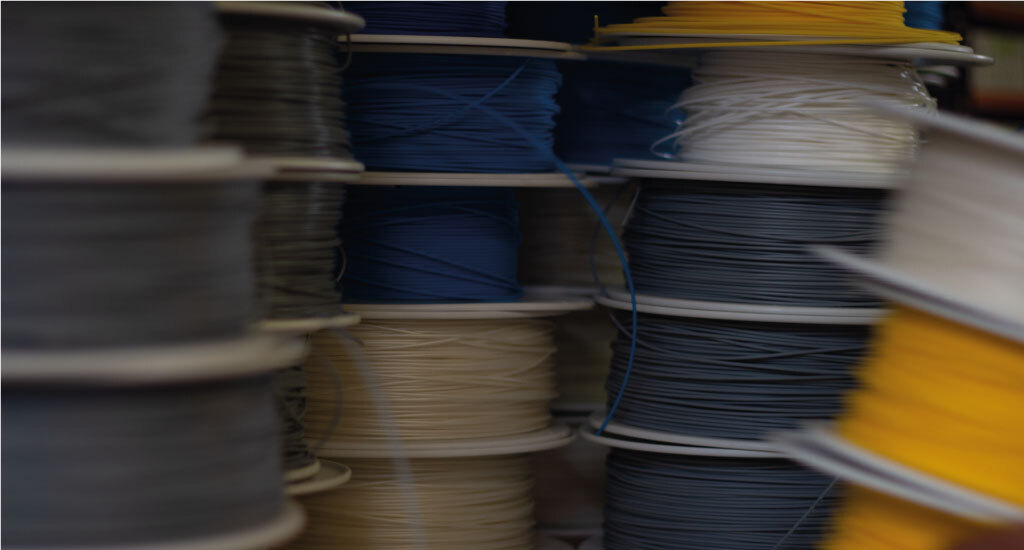What is Thermoplastic Polyurethane (TPU) and how it is used.
Thermoplastic polyurethane is one of the existing varieties of polyurethanes. TPU, as a thermoplastic elastomer, is often abbreviated as TPE.
TENAFLEX is a flexible filament we recommend to be used for prints that requires flexibility and toughness, without giving up a good finish.
This flexible filament uses FFF/FDM technology and it’s manufactured in our headquarters in Salamanca, Spain. TPE is an elastomeric plastic with different properties than traditional elastic materials and in this post we will give you the keys to print flexible and resistant pieces.
TENAFLEX is characterized by having unique properties on the market. It is resistant to bending, traction compression, temperature and tearing in the direction of the layers. The adhesion between layers is superior to conventional elastic materials, achieving pieces with a very versatile mechanical capacity.
TPE filament or flexible filament
TPE filament, also known as thermoplastic elastomer, is an elastic polymer capable of being used in any 3D printer. Among the flexible filaments types for 3D printers, TPE filament is slightly the most rigid, being easier to extrude and use, its principle advantages. It is a medium resistance 3D filament with a very high flexibility and durability, very usable for pieces that require great compression and traction.

Buy flexible Winkle colored filament
Flexible filament allows you to print or creare elastic objects on 3D printers. At Winkle, we have a basic colors (Glacier white, Natural and Jet black) and very attractive colors (Avocado green, Pacific blue, Canary yellow, Devil red and Leather) to create great pieces.
With these Winkle flexible filament colors, you will be able to create any flexible piece that you design. There are pieces that cannot be printed with another type of 3D filament such as PLA or ABS, but can be printed with flexible filament.
At Winkle we have an exhaustive quality control, we guarantee a constant diameter throughout the winding, something that will make your prints of much higher quality also avoiding jams in your machines. Likewise, our process guarantees Winkle flexible filament, the absence of chemical impurities, and physical, chemical and aesthetic properties pf our product can be modified.
In order to preserve the properties of our product, our flexible filament spools are packed in a sealed bag to protect them from humidity and UV rays. This makes TPE-TENAFLEX a perfect material for projects that require flexible and toughness pieces.
How to print flexible filaments on 3D printers
Printing with flexible filament is undoubtedly a very successful way to expand the possibilities of your 3D printer.
Different from other 3D filaments, Winkle’s flexible filament offers a high degree of flexibility, adhesion between layers and most important, elasticity. Printing objects or pieces with flexible filament will provide a finish that is not only flexible but extremely resistant, which makes it an ideal material for the manufacture of car parts, mobile phone cases, camera phone cases, etc…
In all our 3D filaments we provide a technical sheet with printing parameters that must be considered when printing with our Winkle filament.
To get better finish when printing with our TPE filament, you have to take into account:
- Nozzle temperature: Between 230ºC and 240ºC
- Bed temperature: Between 60ºC and 80ºC
- The filament pull should be as close to the extruder as possible.
This type of filament has infinite possibilities, we encourage you to share your printed objects and pieces on social networks.
Let’s print and #keeprolling!
